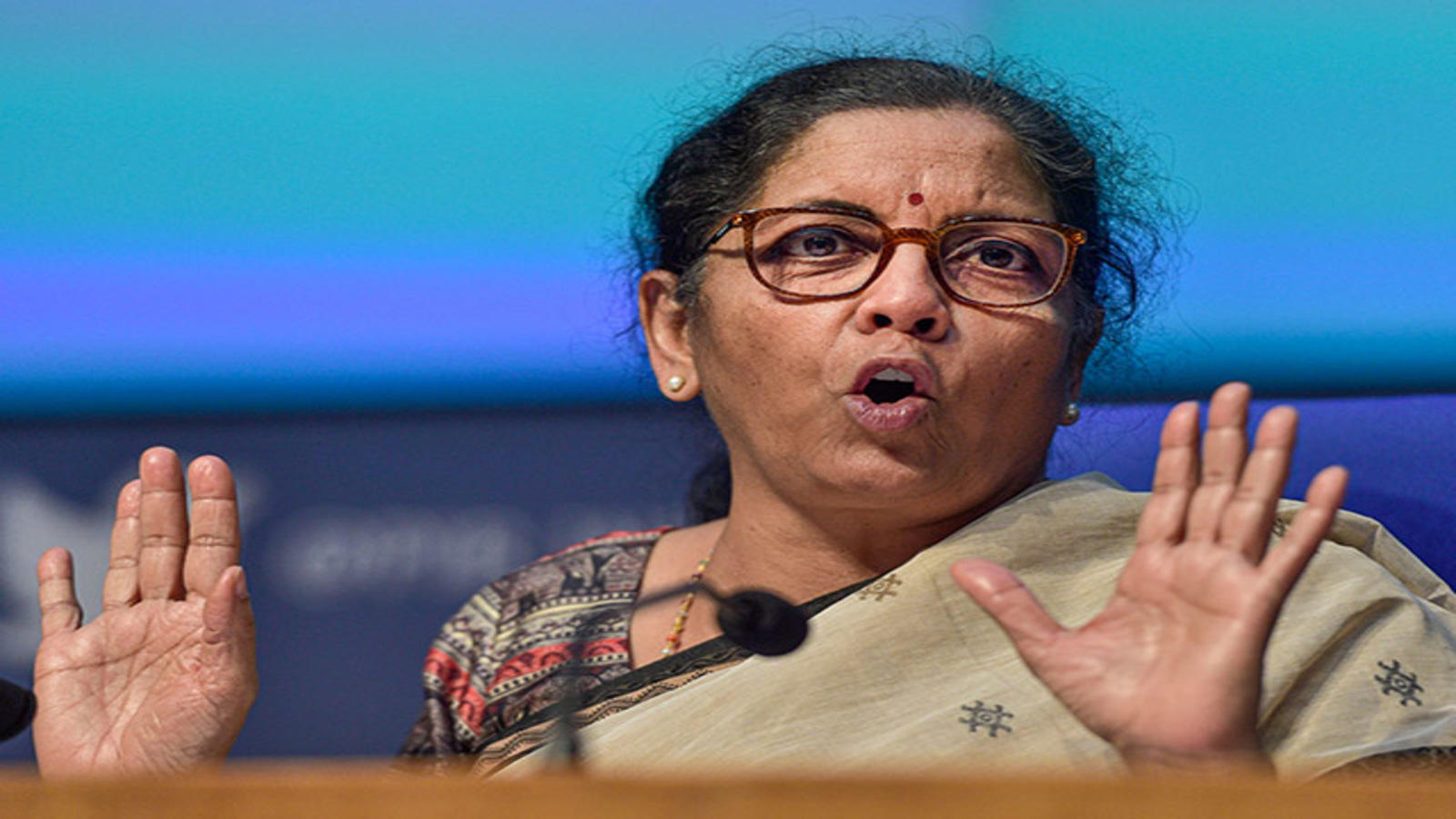
The FM unveiled the fourth tranche of Prime Minister Modi’s special economic package of 20 lakh crore on Saturday. The fourth set is worth Rs 8,100 crore.
[You may read- What does Modi’s 20 lakh crore package mean?]
The fourth tranche of the PM’s package is mainly focused on structural policy reforms in 8 sectors- coal, minerals, defence production, civil aviation, power distribution, social infrastructure, space, and atomic energy.
The reforms intend to reduce Government controls and attract private participation in these sectors
[You may also read about the first tranche, second tranche & third tranche of the economic package]
Coal
- Government’s monopoly in coal mining will be removed
- It will allow commercial mining of coal on revenue sharing basis (instead of a fixed rupee per tonne)
- The Government will auction coal blocks and coal bed methane blocks
- 50 coal blocks will be auctioned immediately
- Coal bed methane blocks will also be auctioned.
- The Government will spend Rs 50,000 crore for evacuation infrastructure (infrastructure to enable coal evacuation from the mines.)
[You may read this article to appreciate the importance of reforms in coal mining sector- Why did the Government liberalise coal mining in India?]
Minerals
- Auction 500 mining blocks.
- Joint auction of bauxite (aluminum-rich ore) and coal blocks to enhance the aluminum industry’s competitiveness by reducing the cost of electricity generation.
- Remove the distinction between captive and non-captive mines. (Captive mining means that the mineral is mined by the company for its own use and it’s not allowed to sell it in the market)
- The above will allow the transfer of mining leases and the sale of surplus unused minerals, leading to better efficiency in mining and production.
Defence
- Increase in FDI limit in defence under the automatic route from 49 % to 74 % to attract foreign investment.
- Ordnance factory boards (OFB) to be corporatized. (OFB manages the network of ordnance factories across the country that are engaged in production, testing, logistics, research, development, and marketing of defense hardware and equipment). Corporatised means the conversion of a state organisation into a company.
- It will also look to list the factories on stock exchanges
- The Government will set up a Project Management Unit (PMU) to ensure time-bound defence procurement and faster decision making
- It will ensure a realistic setting of procurement norms.
- In addition, the Government will notify a list of weapons and platforms that will not be allowed to be imported
Civil Aviation
- Ease restrictions on utilization of air space
- It will make air travel cheaper and make civilian flying efficient
- Currently, only 60 % of airspace is freely available. (It means civilian flights often do not use the shortest route possible due to unavailability of air space)
- It will render benefit of about Rs.1000 crore per year for aviation due to a reduction in fuel use and time.
- The Government has also announced privatisation of 6 more airports in 3 months
- It also announced additional investments in 12 airports for better world-class facilities.
- For the above, the Airports Authority of India (AAI) will get a down payment of Rs 2,300 crore. The first and second round of investment in 12 airports will get Rs 13,000 crore.
- The Government will also take policy incentives to make India a repair hub for military and civilian planes.
Power distribution
- Power Distributing companies (DISCOMs) in Union Territories will be privatised
- Smart prepaid meters will be set up.
[I highly recommend you to read this article- Why India’s Power Distribution Sector Needs Reforms?]
Social infrastructure projects
- The Government hiked the viability gap funding from 20 to 30 % for social infrastructure projects (like hospitals, schools, universities, etc) with the involvement of the private sector.
- [Viability gap funding means that the Government will bear a certain percentage of total capital costs to make the project economically viable]
- The government has made a provision of Rs 8,100 crore for the above.
Space sector
- Allow private participation in space activities
- The Government will provide a level playing field for private companies in satellites, launches, and space-based services.
- The private sector will be allowed to use ISRO’s facilities and other relevant assets to improve its capabilities.
- There will be a liberal geospatial data policy to help tech-entrepreneurs. [geospatial data or geographic information is the data or information that identifies the geographic location of features and boundaries on Earth, such as natural or constructed features, oceans, and more.]
Atomic energy
- In this sector, the entry will be through the PPP mode.
- The Government wants to set up a research reactor to produce medical isotopes to promote the welfare of humanity through affordable treatment for cancer and other diseases
- It also wants to explore irradiation technology for preserving food and crops.
- Lastly, start-ups will be encouraged to link up with the nuclear sector to foster synergy between research facilities and tech entrepreneurs.
Economyria is now on Telegram. For a simplified analysis of topics related to economy/ business/ finance, subscribe to Economyria on Telegram
Thanks.
But it okay to open / allowing more investment in sectors like Defence, Atomic Energy, Space which are more of strategic importance to any Sovereign rather than commercial ?